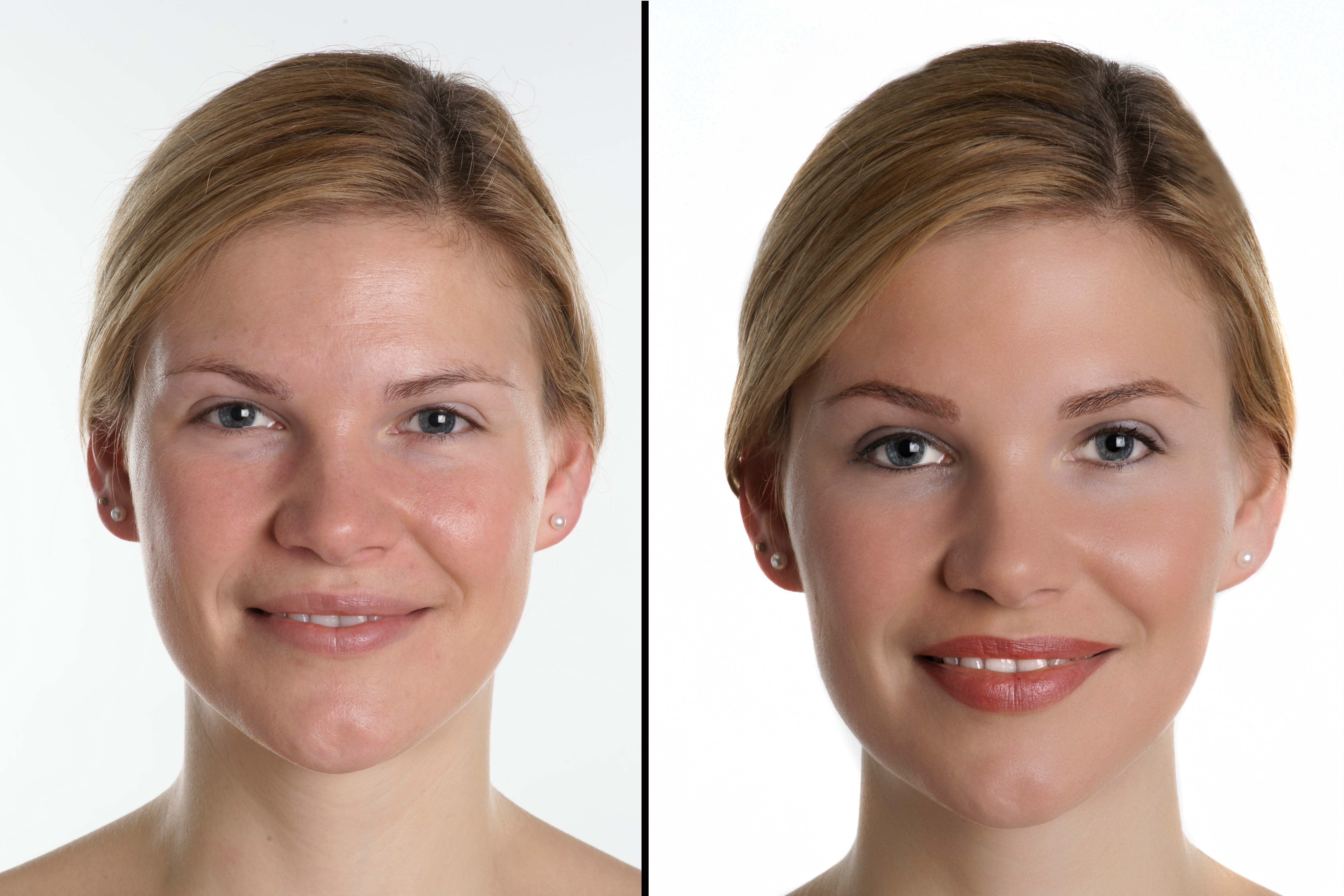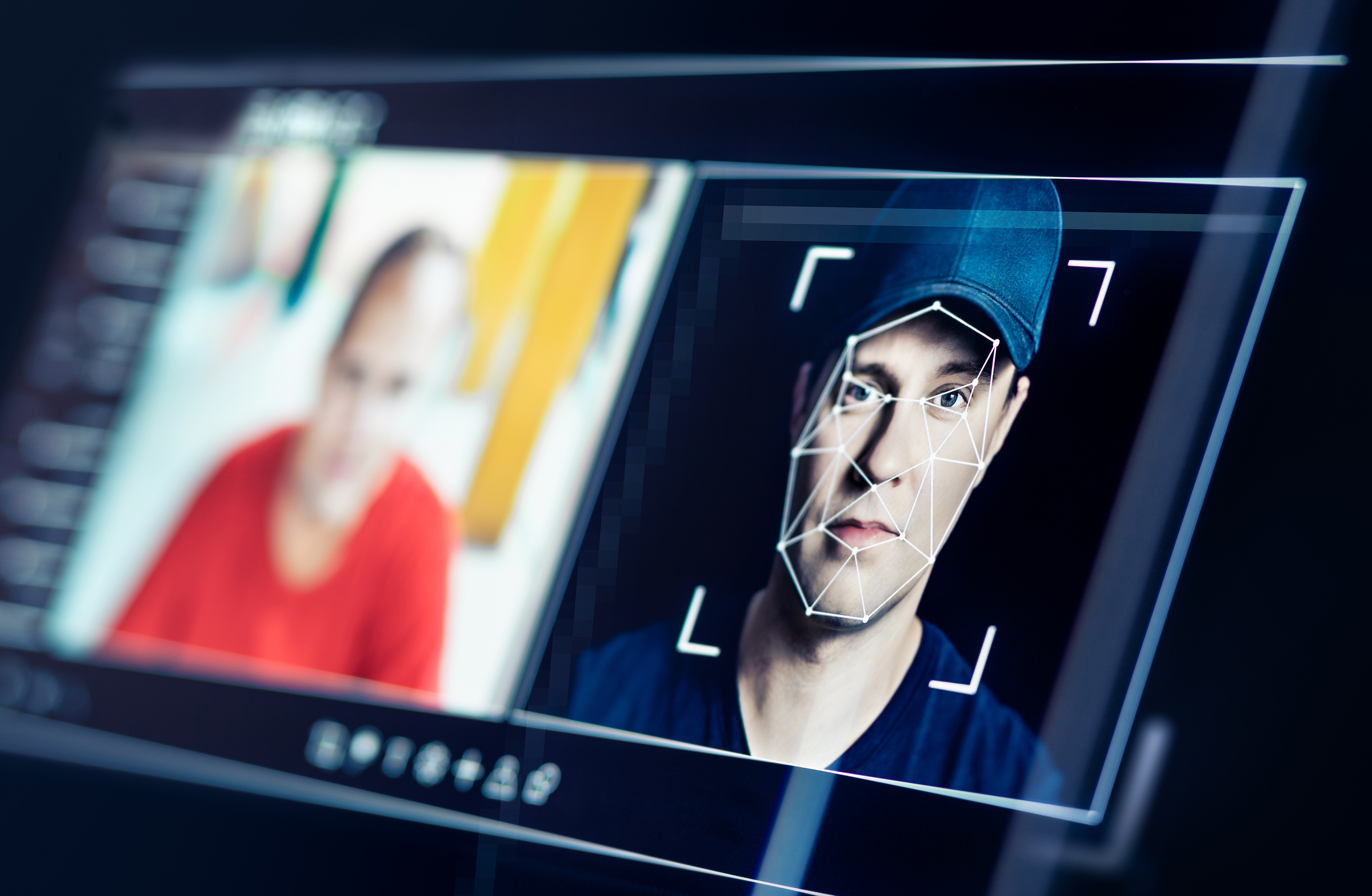
Dangers of image manipulation and how fraudify recognizes manipulated images.
Image manipulation has never been as easy as it is today. With just a few clicks, ordinary photos can be turned into deceptively real fakes - sometimes for fun, sometimes out of bitter seriousness. There is often a clear intention behind the editing, for example to deliberately deceive or evoke certain reactions. While AI filters and Photoshop tricks provide entertainment on social media, others use the same techniques for targeted deception: fake news, identity fraud or falsified evidence are no longer a rarity. But how can you tell real images from manipulated ones?
In this article, we take a look at the topic of image manipulation: What methods are there? How can you recognize manipulated images? And how can modern technology help you to reliably expose fakes? Using practical examples, we show how our image forensics solution fraudify makes even hidden manipulations visible - from simple retouching to complex deepfakes.
What is image manipulation - definition
Image manipulation refers to the deliberate alteration of a photo in order to simulate a different reality - in other words, to show something that never existed. Today, technical means can be used to shape, embellish or falsify an image almost at will.
Photography forms the basis for many manipulations, as it is possible to intervene in the image both when it is taken and when it is later edited.
Manipulation can take place in all phases of image creation:
Before the picture is taken, it is staged - objects, people or entire scenes are deliberately arranged to achieve a certain effect.
During the shoot, techniques such as multiple exposure are used to influence the image as it is being created.
After the photo is taken, the actual image processing begins. In the past, this was called retouching or montage - today it is filters, AI-based tools and digital retouching that smooth, change or completely recompose images.
The result is often no longer a document of reality, but a deliberate construction. In times of social media, advertising and AI images, the line between a real photo and a perfect illusion is becoming increasingly blurred - and this is precisely why we should learn to look at images critically again.
What types of image manipulation are there?
Not all image manipulation is the same. There is a wide range of techniques between a harmless filter and a deceptively real deepfake, which can be roughly divided into three categories: Various effects, such as technical filters or perspective changes, can be used to specifically edit images to achieve certain visual effects or creative results.
1. retouching and cosmetic interventions
This includes classic image editing such as removing skin blemishes, smoothing wrinkles or brightening colors. Such edits are not only used on images, but also to manipulate documents in order to influence their authenticity. Such interventions often appear harmless, but can have a misleading effect depending on the context - for example in advertising or political representations.
2. image montage and compositing
In this stage, several image elements are combined to form a new whole. In a photomontage, different parts of an image or even a person's head can be inserted into a different area of the image. Photomontages are often used to remove or add objects in order to change the authenticity of the image.
Individual areas of an image are manipulated in order to conceal or emphasize certain information. A face is mounted on another body, objects are removed or added. As the quality of the tools (e.g. Adobe Photoshop and/or AI-supported editors) increases, these manipulations become increasingly difficult to detect.
3. deepfakes and generative AI
The latest level of image forgery is based on artificial intelligence. Deepfake technologies can imitate faces, voices and even movements in a deceptively realistic way. It is possible to replace the original photo of a person with a manipulated image so that the identity or appearance of the person is deliberately changed.
With the help of AI, not only individual people, but also complete backgrounds or several people in an image can be changed or regenerated, making creative editing and visual adjustments easier.
The interpretive approach to editing images using AI makes it possible to convey a specific message, opinion or aesthetic effect, rather than simply depicting reality. Journalists play a crucial role in exposing and transparently reporting on deepfakes and image manipulation to inform the public about possible manipulation.
Dangers of image manipulation
Methods for manipulating media identities have been around for many years. It has also long been known that images can be altered in a variety of ways. However, while it used to be extremely difficult to realistically forge dynamic media such as videos or sound recordings, this has changed fundamentally with the use of artificial intelligence: Today, even high-quality forgeries can be created with relatively little effort and without in-depth specialist knowledge. This poses a considerable risk for companies and private individuals, as manipulated media can lead to data protection problems, legal consequences and a loss of trust.
Fraud attempts through deepfakes
Modern AI technologies for image manipulation not only open up new creative possibilities - they are also increasingly being misused for fraudulent purposes. One well-known example is the distribution of a deepfake video in which a celebrity appears to make political statements that they never made in order to influence public opinion. Whether for deception in social media, to create fake videos of evidence or to conceal identities: The methods make it possible to create visually convincing fakes that are difficult to unmask, even for trained eyes. Their use in so-called deepfake fraud scenarios is particularly perfidious, where manipulated videos or images are used in a targeted manner to deceive trust, falsify identities or spread disinformation.
Example 1: Deepfake CFO scam in Hong Kong
A particularly impressive example of the misuse of such technologies took place in Hong Kong in early 2024: An employee of a multinational company was tricked into transferring around 25 million US dollars to fraudsters via a deceptively real-looking video conference. The fraudsters used AI-generated deepfakes to visually and acoustically imitate the CFO and other executives of the company. Everyone involved appeared so authentic that the employee - despite initial skepticism about an unusual email - ultimately followed the instructions
This example leaves no doubt about the need for comprehensive protective measures against deepfake-based fraud attempts. When even experienced employees in a professional environment can be fooled by realistic-looking video deepfakes, human judgment alone is no longer enough.
Companies need to invest more in technical solutions such as image and video forensics in order to reliably verify the authenticity of visual content. Raising awareness and training on how to deal with AI forgeries should also be part of any security strategy - because the next deepfake attack is not a question of if, but when.

Example 2: Deepfakes in the election campaign
Another alarming example reported by Stern comes from the German election campaign: in January 2025, a manipulated video in which Federal Chancellor Olaf Scholz appears to do a somersault over the lectern in the Bundestag caused a stir - a deepfake, of course.
Even more serious: in November 2024, SPD MP Bengt Bergt posted an AI-generated video in which CDU chancellor candidate Friedrich Merz allegedly declares: "We despise you! And we despise democracy." Although Merz never said this, the video caused outrage, an apology from Bergt - and showed impressively how such content is used specifically to destabilize public discourse.
With the rapid development of AI-based image and video manipulation, it is becoming increasingly difficult for editors, fact-checkers and platform operators to distinguish genuine content from fakes. What used to be verifiable with a trained eye or simple software now requires specialized forensic analysis methods. Deepfakes that appear deceptively genuine can often no longer be unmasked at first glance - especially when sound, image and context seem to work together harmoniously.
Fraud attempts through image montages and generative AI
Deceptively realistic images have long been the domain of professional image editing - but with the advent of generative AI, this has changed fundamentally. Today, deceptively realistic photos and image manipulations can be created in seconds - without any graphic know-how. What begins harmlessly as a creative game can quickly become a serious threat.
Example 3: Insurance fraud through manipulated damage images
The advance of digital tools not only opens up new opportunities, but also new loopholes for attempted fraud. This is particularly evident in the insurance industry: according to the German Insurance Association (GDV), around one in ten claims reports contain discrepancies. Increasingly, fraudsters are manipulating the photos submitted with the damage report - for example, by using digital retouching or AI-generated images - so cleverly that the forgery is barely recognizable to the naked eye. The necessary tools are cheap, easily available and require hardly any technical know-how.
Imagine someone wants to report minor damage to their insurance company - a scratched bumper, for example. But instead of submitting the real photo, they digitally edit the image to make it look like the entire fender is dented or the vehicle is badly damaged. With just a few clicks, a harmless scratch becomes costly accident damage. Such image manipulations appear credible at first glance - and this is precisely where image forensics becomes crucial in order to make forgeries visible and detect fraud in good time.
It is also alarming that, according to the GDV, 16% of perpetrators already use online forums and networks to find out about methods and tricks before committing their crime. As a result, the effort required for a thorough image check is increasing - and the need for forensic analysis tools is growing.

Dieses Bild wurde manipuliert.
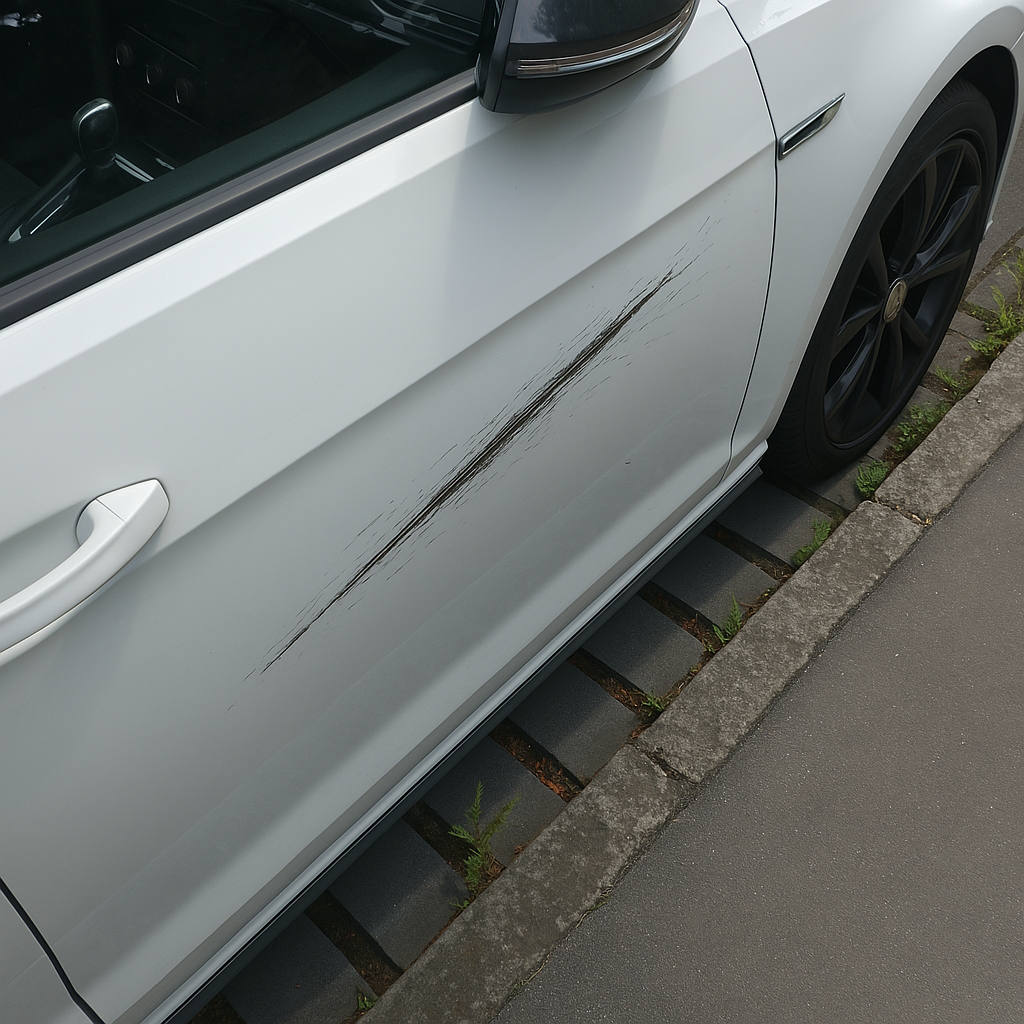
Auch dieser Schaden wurde fingiert.
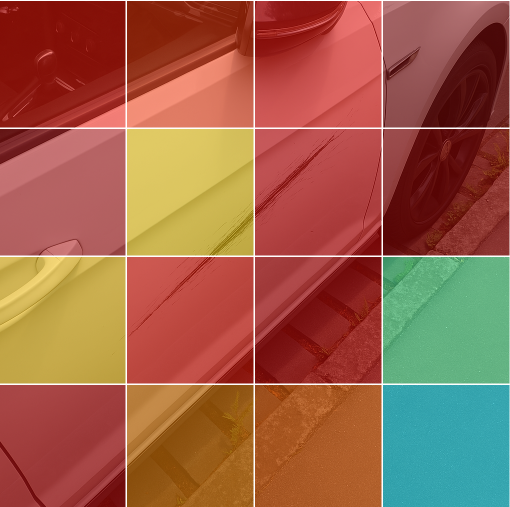
fraudify warnt vor manipulierten Bildbereichen.

Vieles deutet auf Manipulationen hin.
Can image forensics like fraudify stop fraud through image manipulation?
In view of the increasing prevalence of digital image forgeries, it is becoming more and more important to detect manipulation at an early stage - before it causes financial or reputational damage. With our fraudify solution, we offer a powerful image forensics tool that starts right here: it analyzes submitted images for suspicious changes, detects traces of retouching, editing or AI-generated manipulation and provides traceable evidence of potential fraud. In this way, we transform uncertainty into verifiable facts - and create a reliable basis for decisions.
How does image forensics work?
To effectively uncover image manipulation, fraudify uses various forensic methods that analyze different traces and irregularities in the image.
Noise control: unmasking irregularities
When you take a digital image, there is always a certain amount of so-called image noise - these are fine fluctuations in brightness or color, similar to the grain on analog film photos taken in low light. This noise is normally distributed evenly over the entire image. However, if an image is changed afterwards - for example by adding new elements - irregularities in the noise pattern can occur. This is precisely where noise control comes in: It checks whether certain areas fall out of the frame. If the noise of individual image sections differs significantly from the rest, this is a strong indication of possible manipulation - and a valuable clue for image forensics.
Metadata analysis: investigating hidden clues
Digital images usually contain information, so-called metadata, which stores details such as camera settings, time of capture or the location where the image was taken. You can think of it as a kind of digital "accompanying documentation" for the image.
Our metadata analysis checks this information for anomalies. For example, an image generated using AI could have an entry in the metadata that allows conclusions to be drawn about the use of the software - a clear indication that something is wrong. Missing or subsequently altered metadata also provides important information about possible image manipulation. In this way, the analysis helps to identify possible edits based on the image information - even before you take a closer look at the image itself.
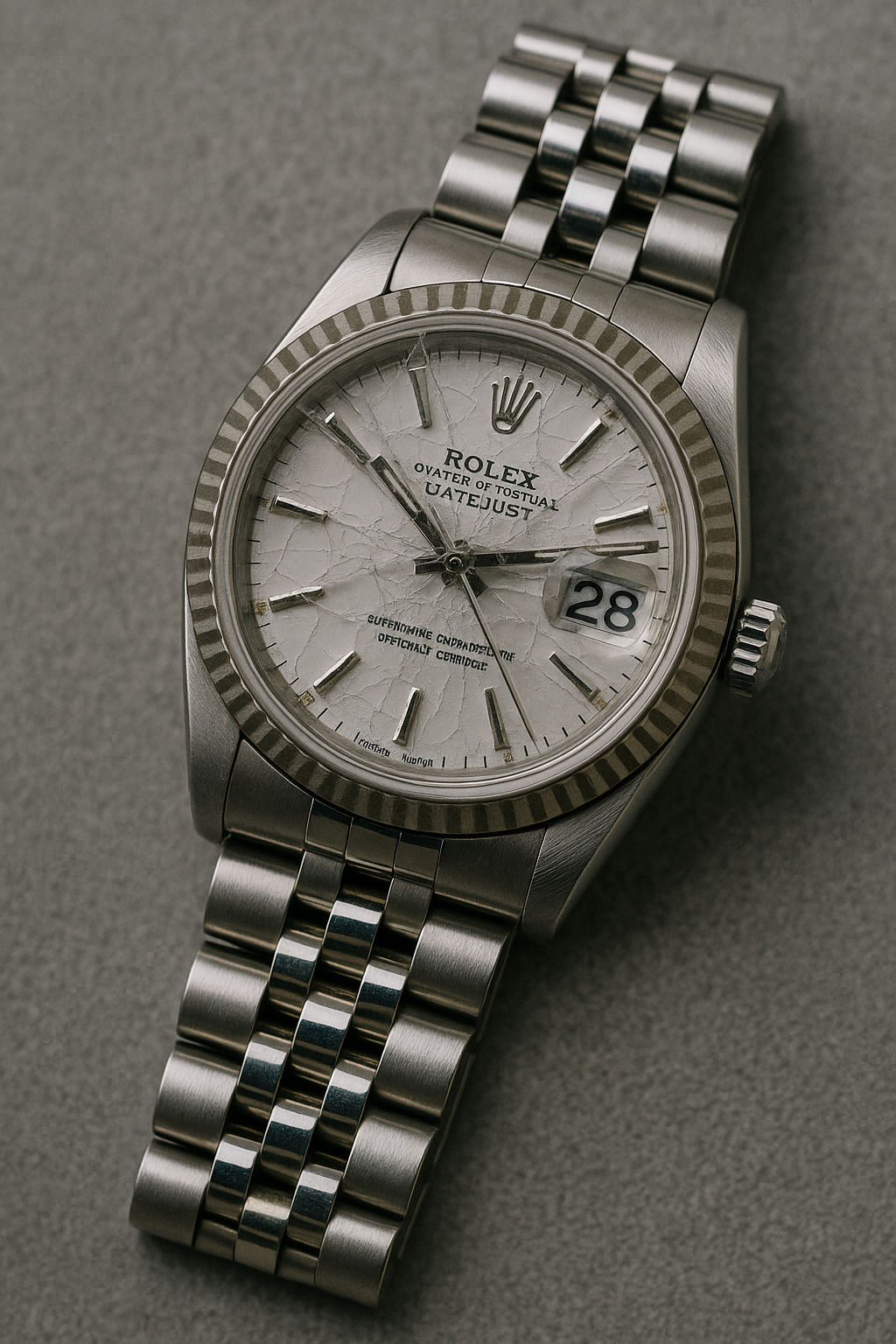
Ist diese Uhr wirklich defekt?

Unstimmigkeiten in den Metadaten deuten auf Manipulation hin.
Image splicing detection: Detection of image montages
When images are manipulated by splicing, several image parts from different sources are combined to create a new, seemingly coherent overall image. To the untrained eye, the result often appears credible, but our splicing detection reveals precisely such deceptions. Inconsistent transitions between individual areas of the image can be a clear indication that the image has been assembled from different sources. This technique is particularly helpful in identifying complex image montages - for example, in the case of falsified damage photos or manipulated evidence in fraudulent documents.
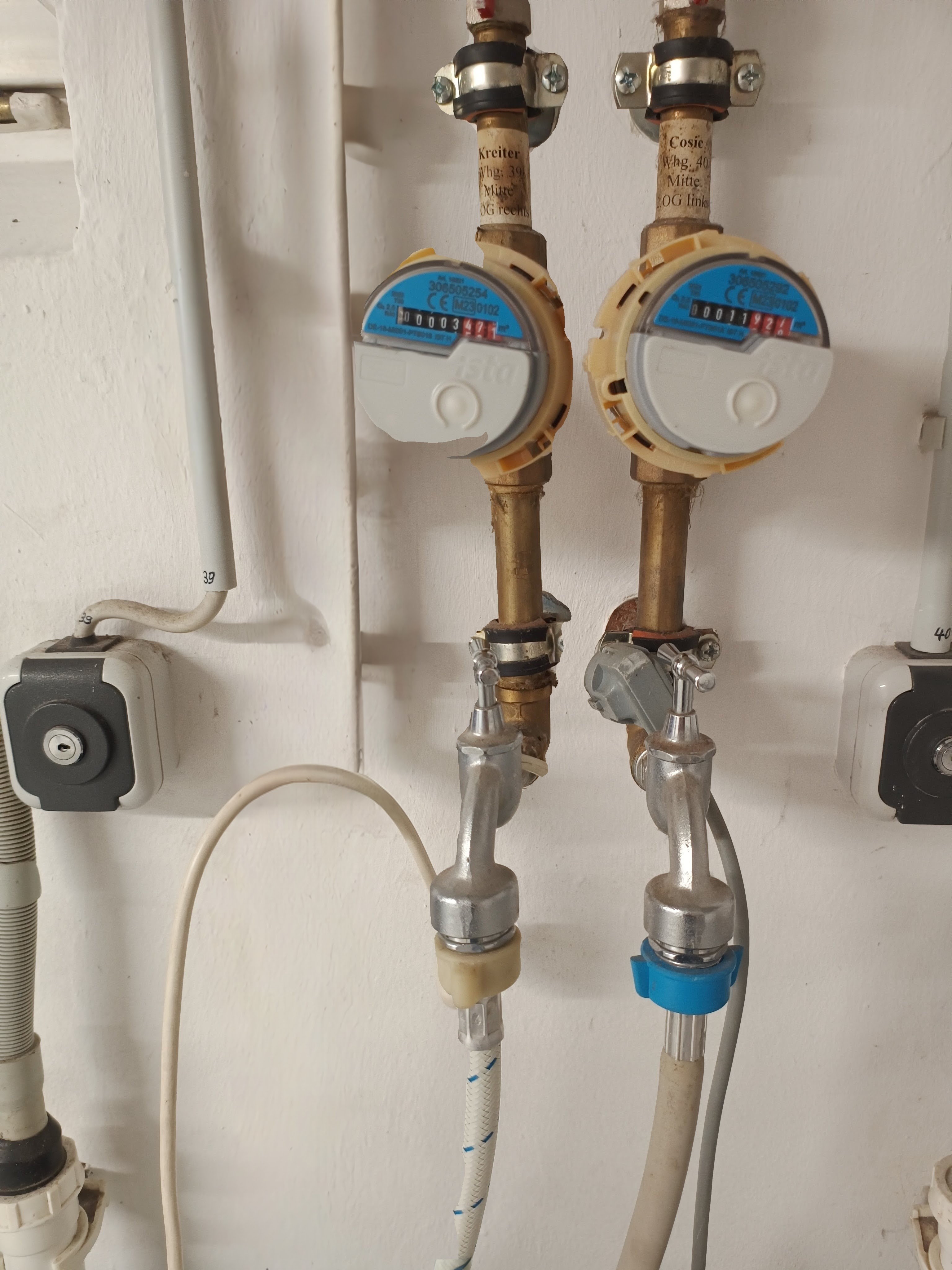
Schwer zu sagen, ob dieses Bild manipuliert wurde.

fraudify erkennt den hinzugefügten Wasserzähler.
Blurr detection: recognizing blurred areas
In image forensics, blur detection refers to the automated detection of blurred areas in digital images in order to detect manipulation or evaluate image quality. Blurring can be used deliberately to conceal details, e.g. when retouching faces or objects. By analyzing edges, frequency components or using methods such as Laplacian variance, it is possible to determine whether and where blurring is present in the image. Noticeable differences in blurring between image areas can indicate subsequent editing and therefore possible forgeries.
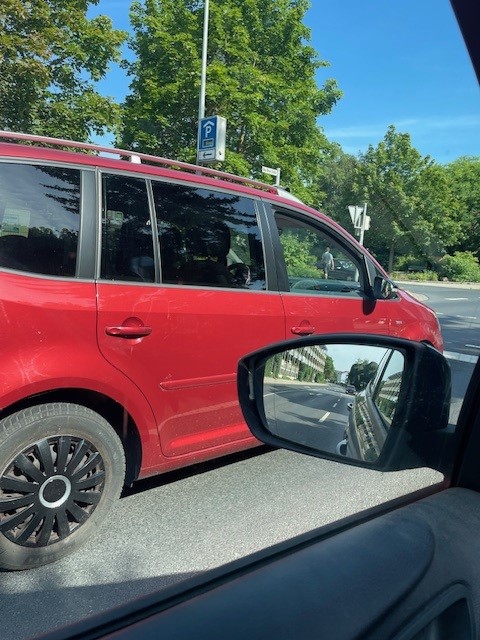
Originalbild
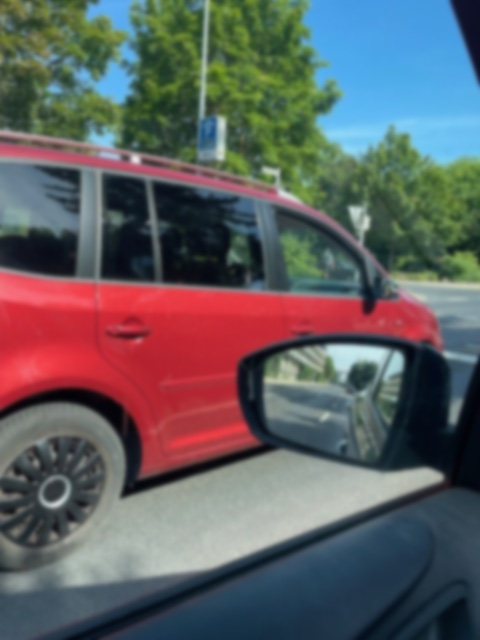
Bild mit Weichzeichner

fraudify erkennt Weichzeichner
Conclusion: fraudify as the key in the fight against image manipulation
At a time when manipulated images and AI-generated content are becoming increasingly convincing and easier to create, reliable methods are needed to uncover such deceptions. Our fraudify solution delivers exactly that: powerful, automated image forensics that makes manipulation visible, enables comprehensible analyses and thus supports well-founded decisions.
Whether in the insurance industry, in the media sector or for investigative authorities - fraudify is the tool of choice when it comes to effectively countering image-based fraud attempts and uncovering image manipulation. Talk to us and don't give fraudsters a chance - we'll show you how fraudify works in a live demo!
FAQ - Why is image manipulation so dangerous?
Image manipulation means any targeted change to a photo in order to simulate a different reality - for example through retouching, montage, filters or generative AI. Even arranging scenes before shooting or multiple exposures during shooting can be part of the process. Post-processing includes changing colors, removing or adding objects, but also sophisticated deepfake techniques.
There are three main categories:
Retouching and cosmetic interventions: smoothing skin, removing blemishes, color corrections, etc.
Image montage / compositing: Assembling image elements from different sources, inserting or removing objects, changing backgrounds.
Deepfakes and generative AI: AI systems that imitate faces, voices or entire scenes deceptively realistically, or use AI-generated backgrounds and people.
There are several risks to consider:
Loss of trust if manipulated images become public and credibility is undermined.
Legal consequences, e.g. in the case of falsified evidence or fraud.
Misuse for disinformation, influencing elections, identity fraud or insurance fraud.
Data protection problems if sensitive content is changed or published.
Various forensic methods help with this:
Noise pattern analysis: checking whether the image noise is evenly distributed or whether there are conspicuous deviations.
Metadata analysis: Examination of embedded data such as camera settings or time - illogical or missing metadata can be an indication of manipulation.
Splicing detection: Detection of transitions where parts of the image have been combined from different sources.
Blur detection: Analysis of blurred areas that deliberately obscure, e.g. to hide details.
Image forensics refers to techniques and technologies used to make forgeries visible. These include
Automated inspection methods that detect irregularities (e.g. noise deviations, illogical metadata, splicing errors).
Tools that mark manipulated areas or provide information such as "suspected retouching".
Use in high-risk areas (insurance, media, legal) to detect fraud or deception at an early stage and limit damage.
Examine image material critically, do not immediately believe all visual impressions. Scrutinize details such as shadows, proportions and lighting conditions.
Use forensic software or tools specifically designed to detect manipulation.
Train employees to develop sensitivity to manipulation techniques.
Legal protection, e.g. through contractual requirements or compliance rules, especially for image content, damage reports, etc.
